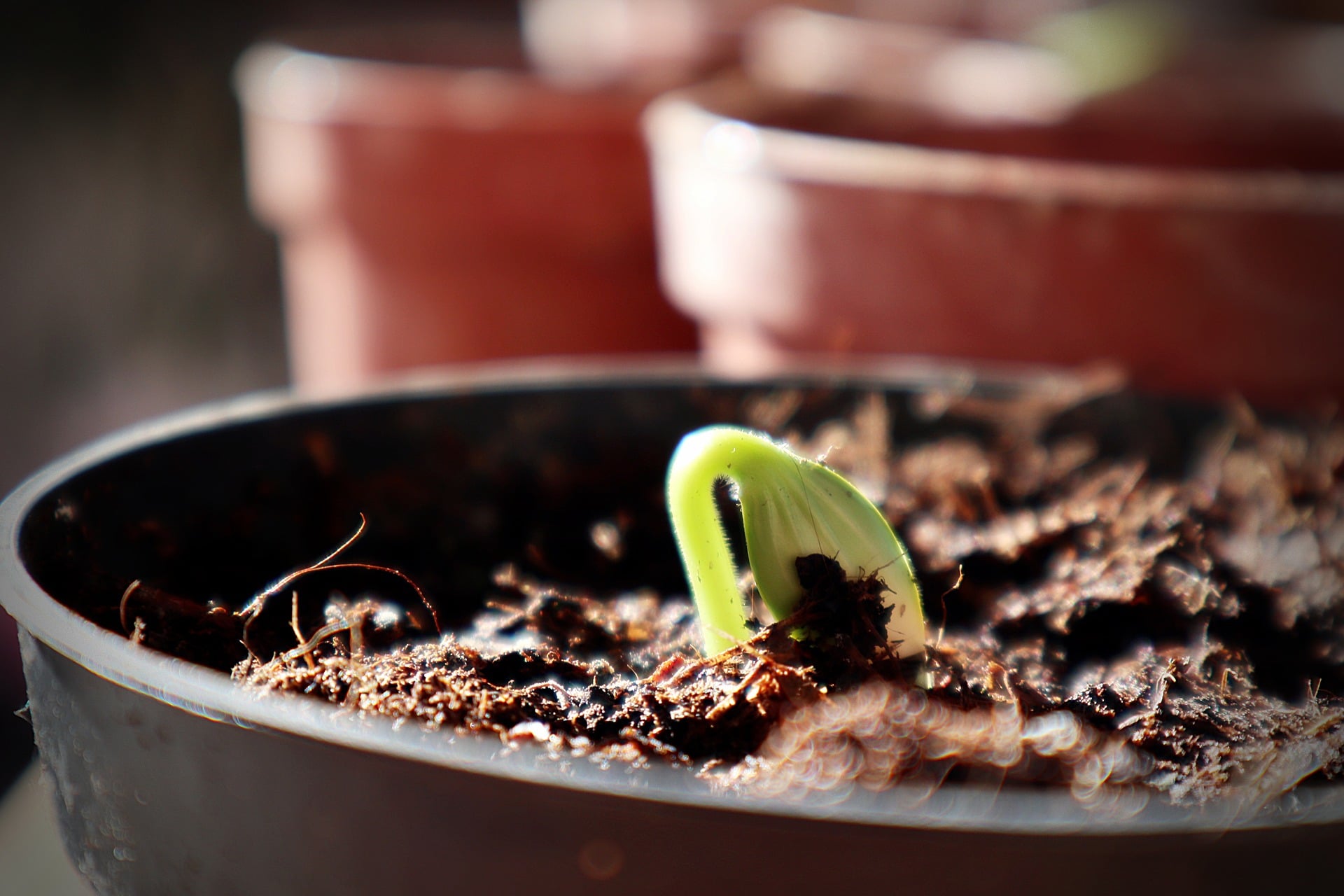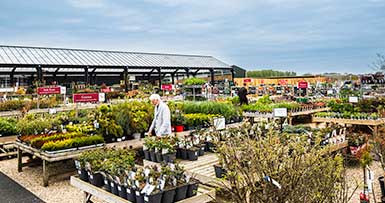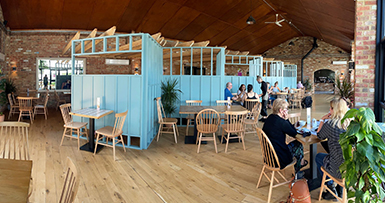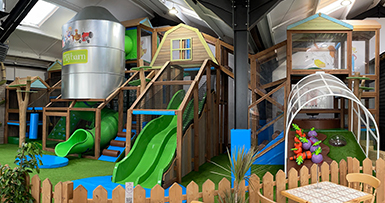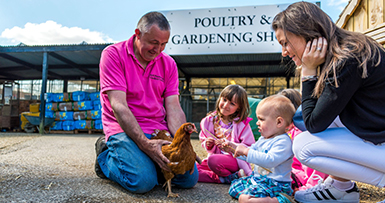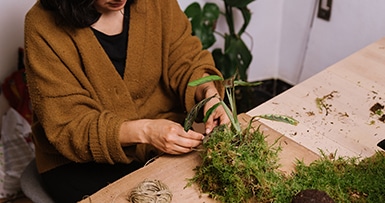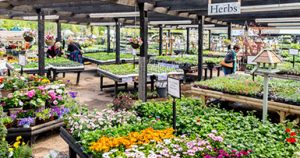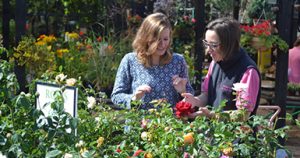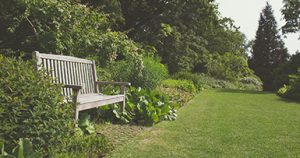There are always things to be doing in the garden and January is no exception. Although it may feel dormant, January is a great time to start sowing those early crops and hardy annuals indoors or in heated glasshouses, allowing you to enjoy fresh produce and blooms for an extended period.
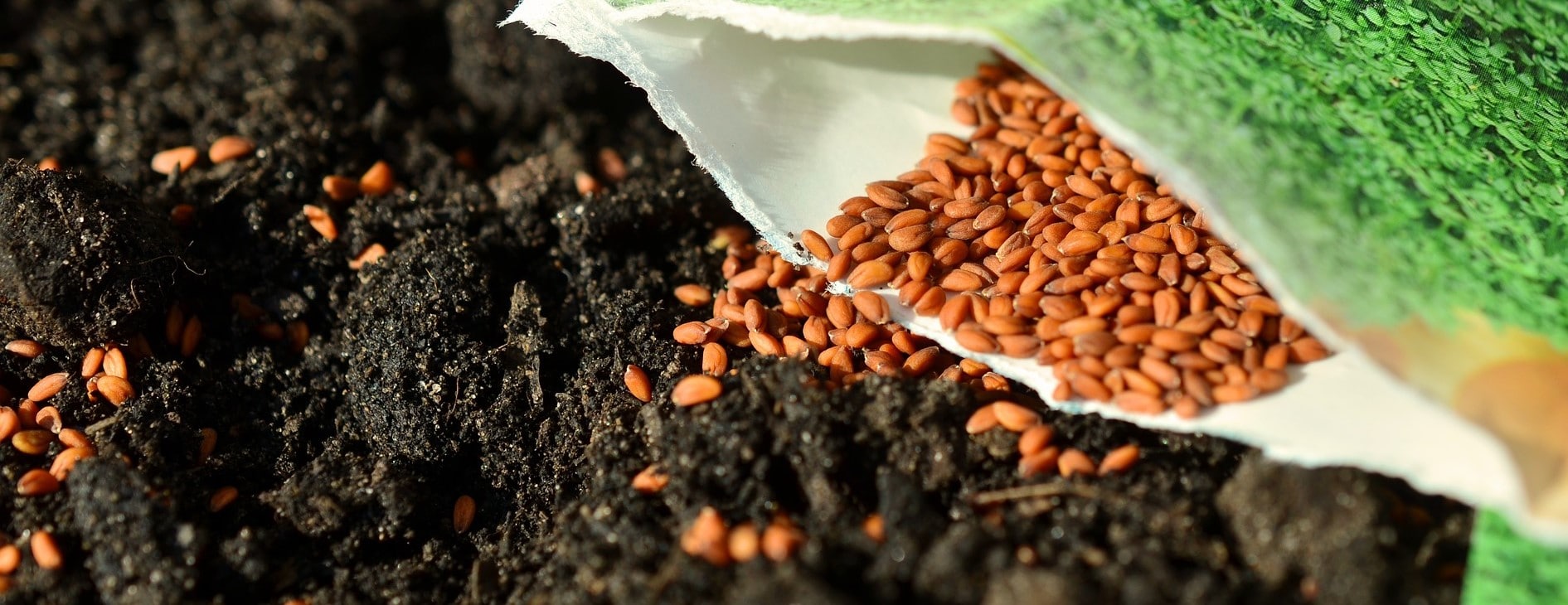
How to sow seeds
Whether you are an experienced gardener or new to the game, we will give you a step-by-step guide to sowing those seeds!
Equipment:
Growing pots, containers and/or trays
Good High-Quality potting mix
Watering can with a fine rose
A cover for your seedlings
e.g. Newspaper, glass, Transparent lid.
 Let’s get sowing! –
- Ensure your sowing containers are new, clean, or sterilised
- Before planting the seeds, fill trays and pots almost completely with seed compost.
- Water the compost using a watering can with a fine rose. This will avoid any disturbance of the seeds after they’ve been planted
Tip – Use tap water as this helps reduce infection.
The seed packet will tell you how deep the seeds need to be sown, but generally seeds need to be planted 1 ½ times deep as they are in size
Tip – Sow seeds sparingly to make pricking out easier later
Cover the seeds lightly with compost
Cover tray with a piece of glass, sheet of newspaper or a purpose transparent lid until seeds start to germinate
Ongoing watering: water from above (using a watering can with fine rose), try to avoid getting the seedlings wet. You can also water from below by standing pots in a tray and pouring water into the tray for the soil to soak up.
Tip – Remember to write labels with variety and date planted so you don’t forget
To have a longer season of fresh produce practice ‘successional sowing’. This is where you sow a small amount of your chosen salad or vegetable seed every few weeks.
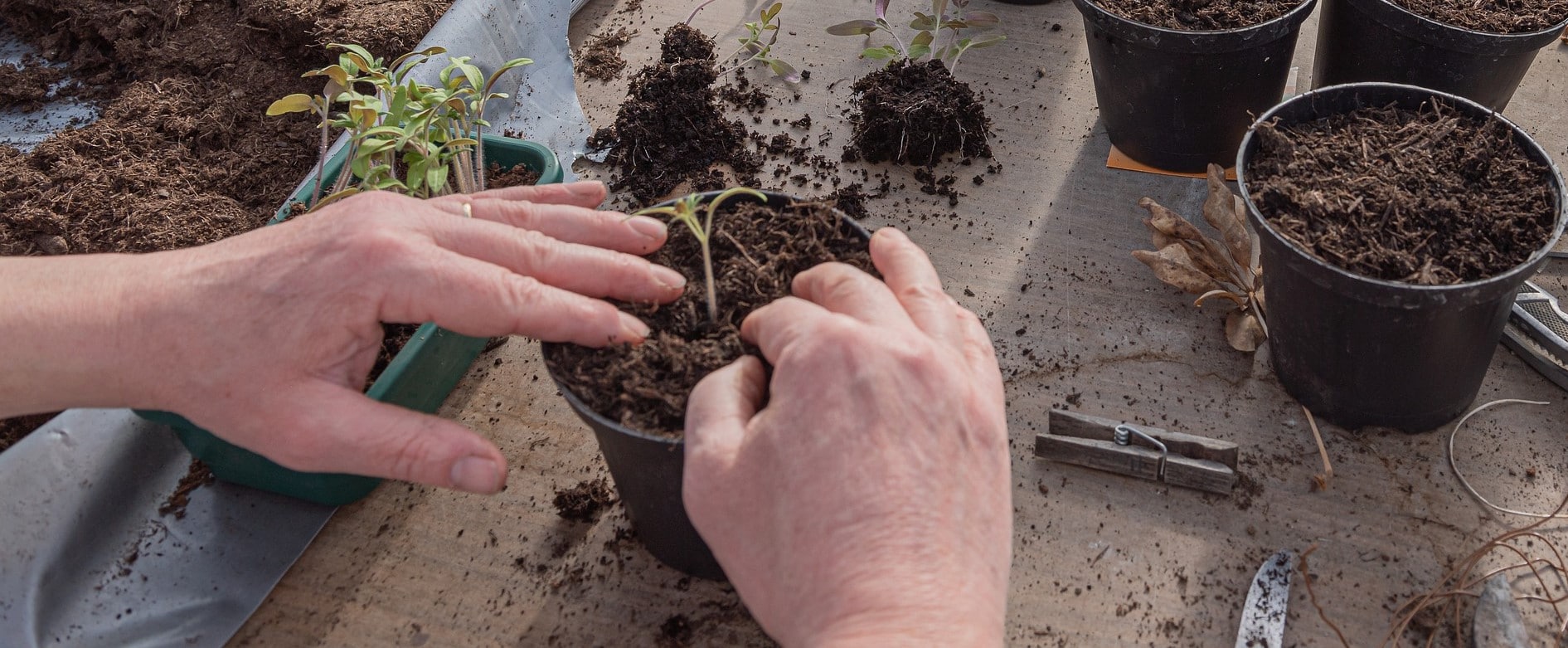
Pricking out/ Potting on
Once seedling have produced their second set of leave (On average – 4 to 5 weeks after sowing) they should be large enough to pot on. This allows your seeds to continue growing in their very own pots and prevents diseases such as ‘damping off’.
Let’s Pot on! –
- Have the new pot clean and ready to transplant in to – Fill your container with quality all-purpose potting mix
- Holding on to one of the lower leaves, work the seedlings out of their former pot.
Tip. Never handle your seedlings by the stems as they are delicate and will bruise easily
- Very gently tease the roots apart so as not to damage them
- Use a dibber, pencil or even just your finger to make a hole in the new compost.
- Carefully tuck the roots down in to the hole and gently press the soil in around it to firm the seedlings in
Tip – Deep Transplanting will secure the seedlings in place
- Water with a fine rose and you are finished transplanting!
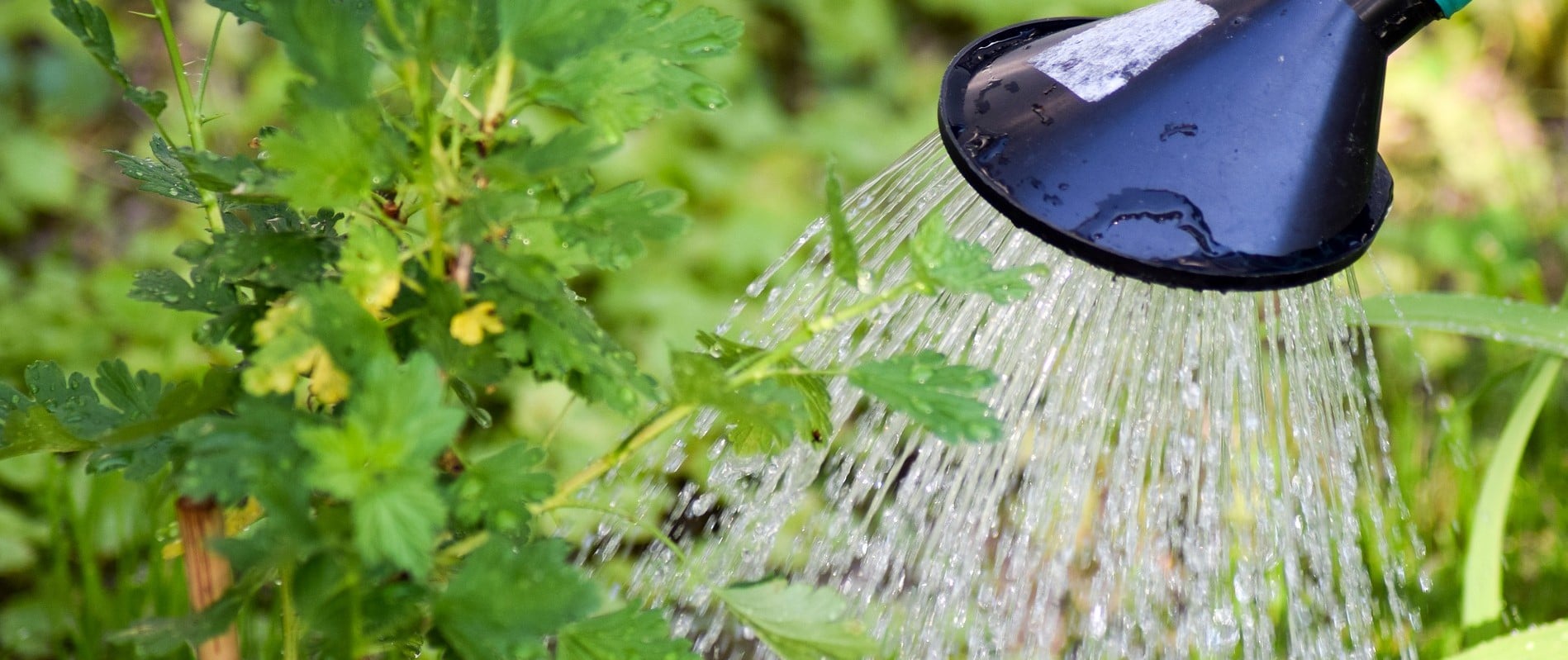
Hardening off
Once your seeds are ready for the great outdoors its time to gently acclimatise them to their future environment. You generally want to stick to this process for around two to three weeks before planting outdoors as this will give them their best chance.
Remember – Seedlings in warmer conditions should be allowed longer to harden off. Those raised in heated glasshouses should be moved to cold one or cold frame if available.
Time to toughen up –
- In their first week place your trays and pots in a sheltered position ensuring your seedlings aren’t at risk of harsh winds or direct sunlight. Do this only for a few hours during daylight hours. Don’t leave them out all day/ night.
Tip – Cover with fleece in their first few weeks to prevent temperature shocks.
- In your second week gradually increase the amount of time spent outside and remove the fleece during the day
- In their third week, leave plants completely uncovered during the day – only covering again in fleece at night when there’s risk of springtime night frosts
Tip – Tender plants should not be planted outdoors before the date of the last frosts.
Vegetables to plant –
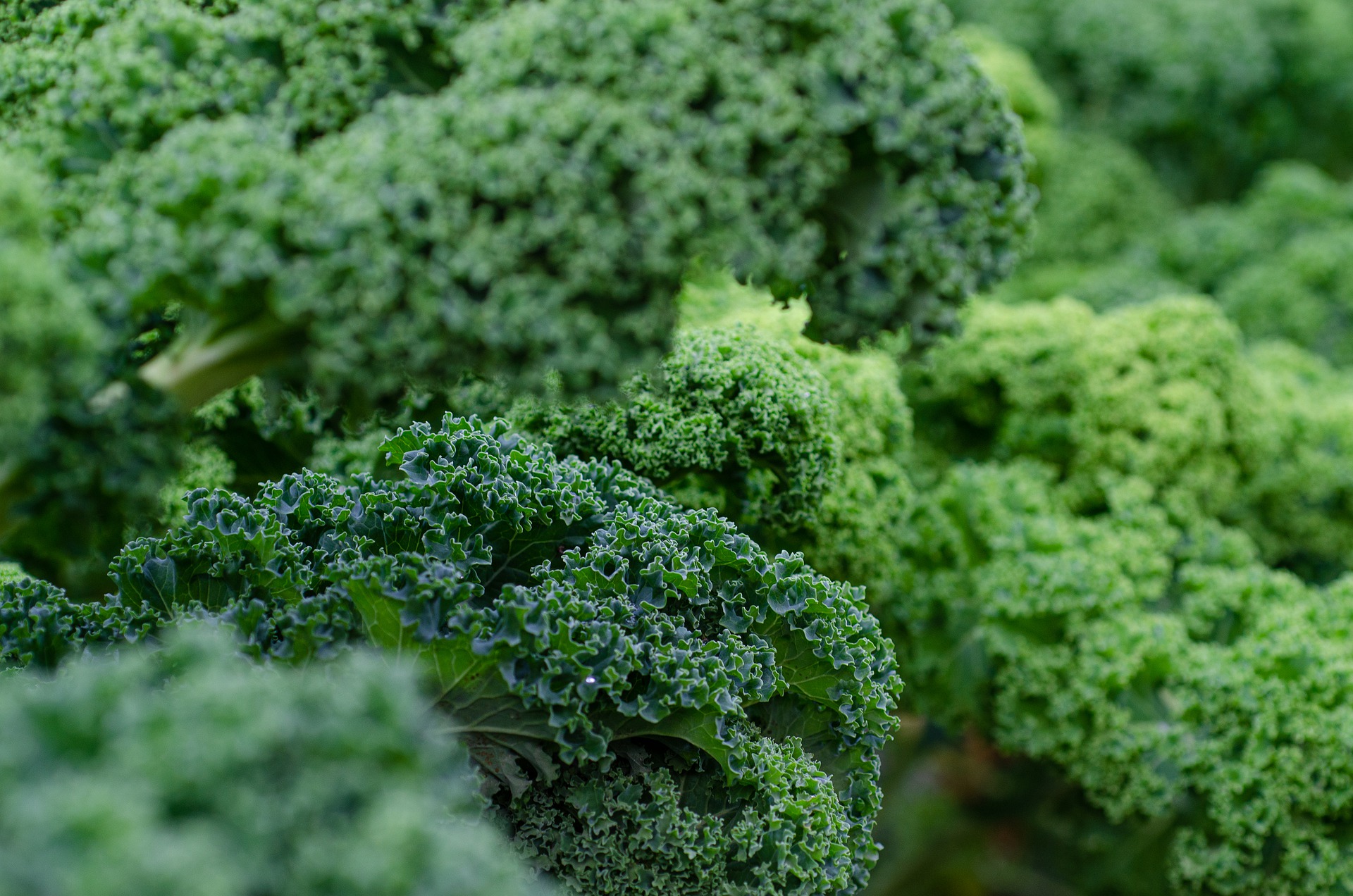
Kale
Sow indoors, or outdoors if the weather is warm.
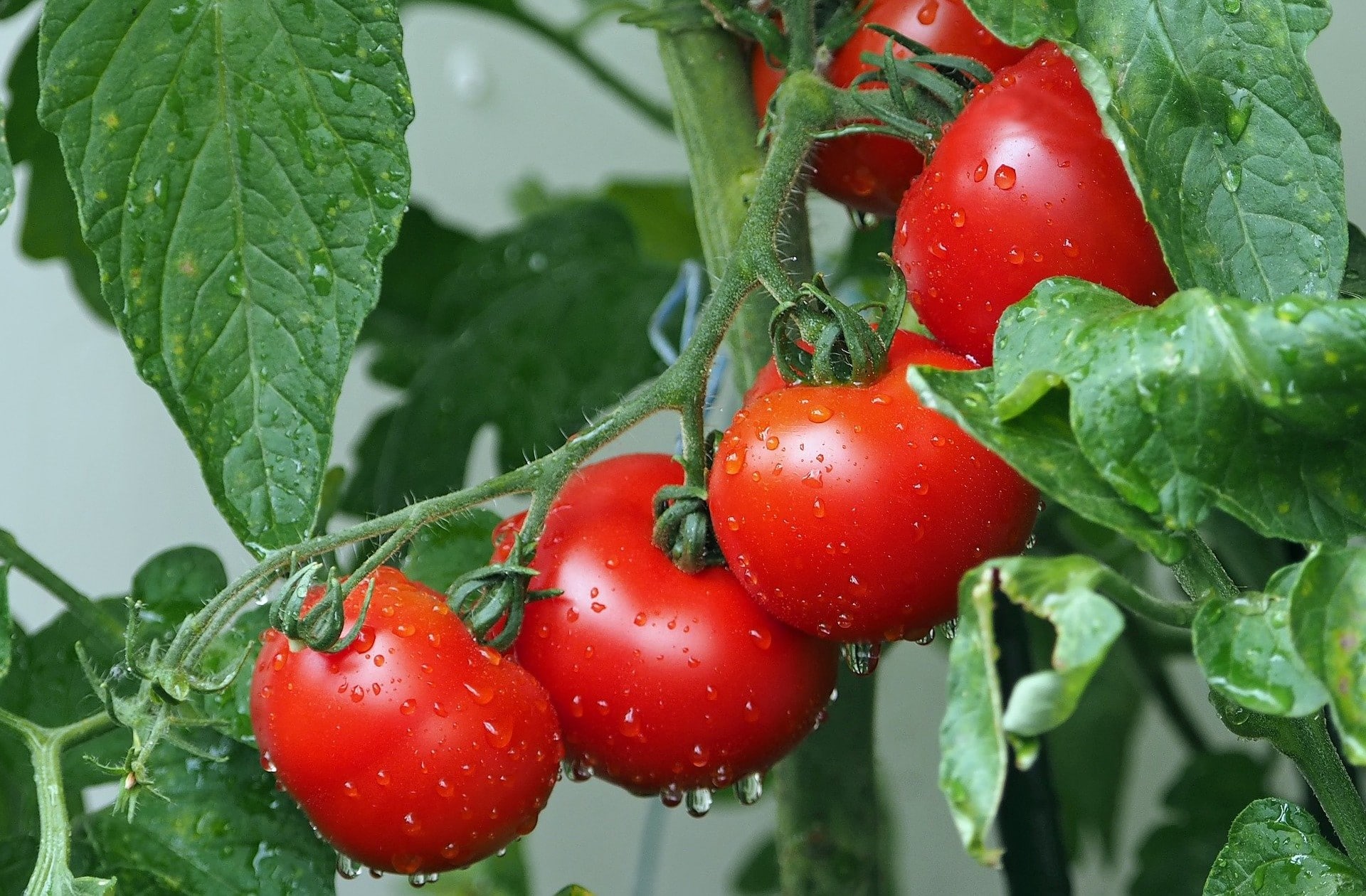
Tomatoes
Start off in a propagator on a sunny windowsill.
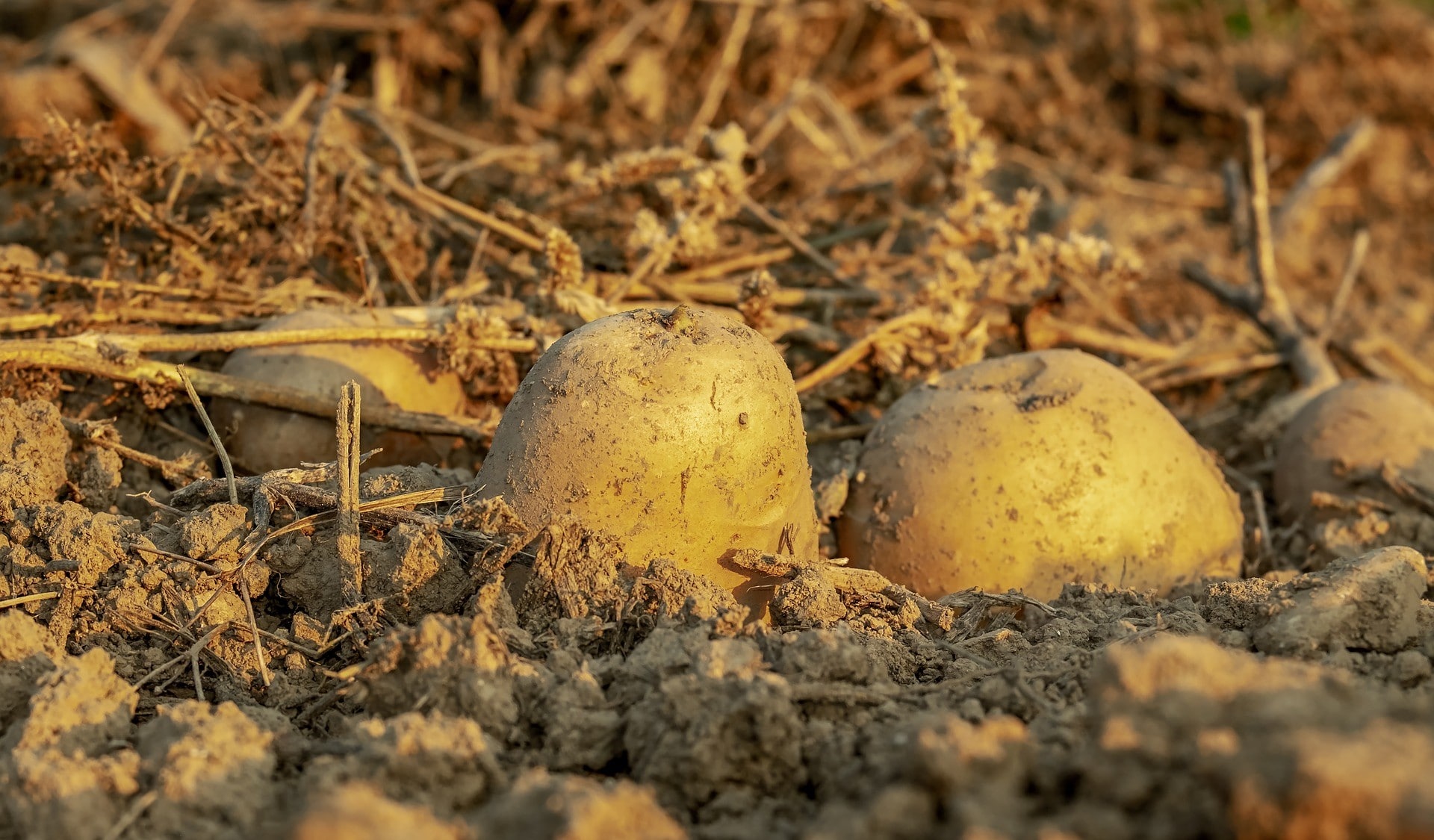
Potatoes
Start chitting potatoes on sunny windowsills.
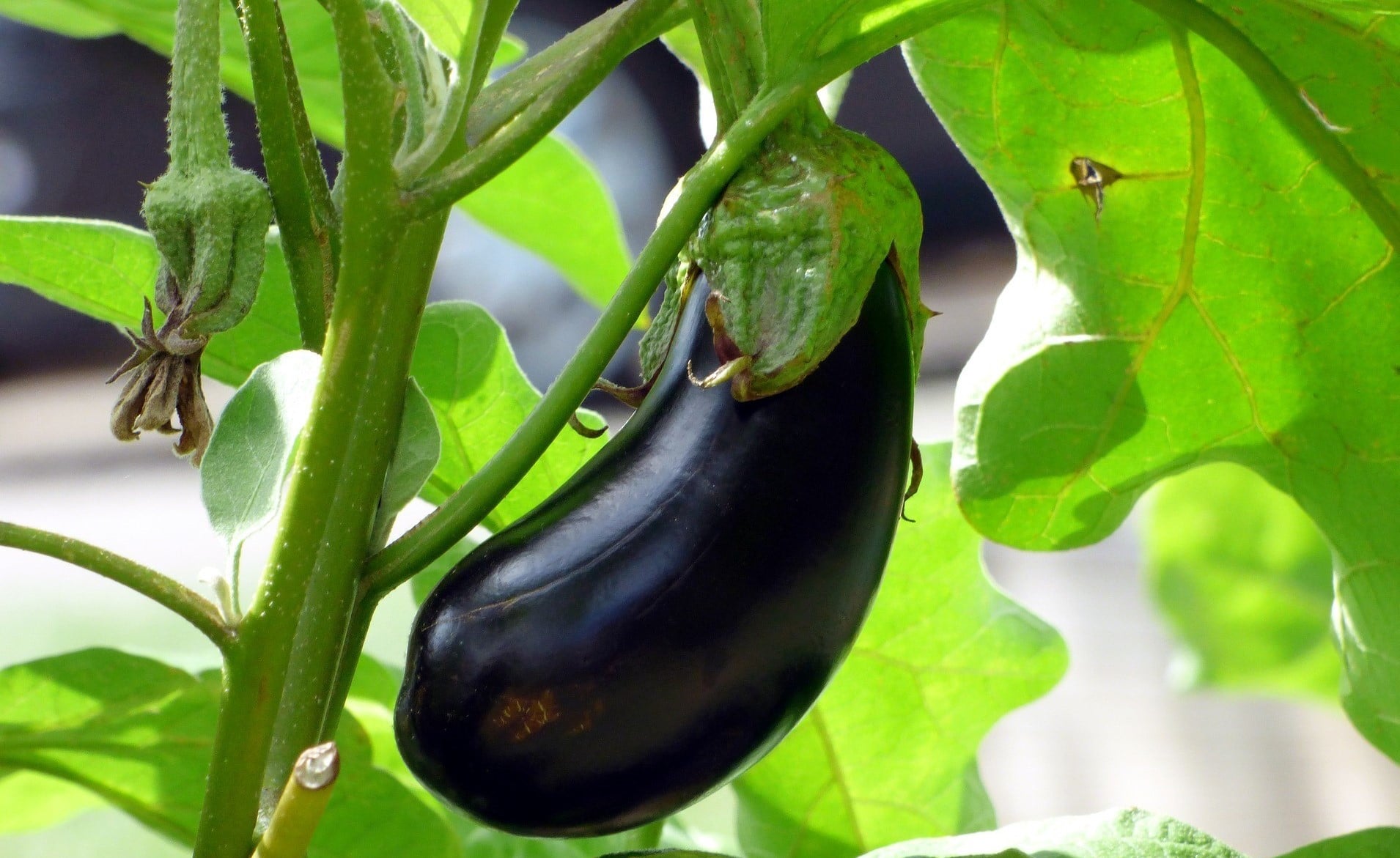
Aubergines
Good to sow early as it increases the chance of time they have to fruit.
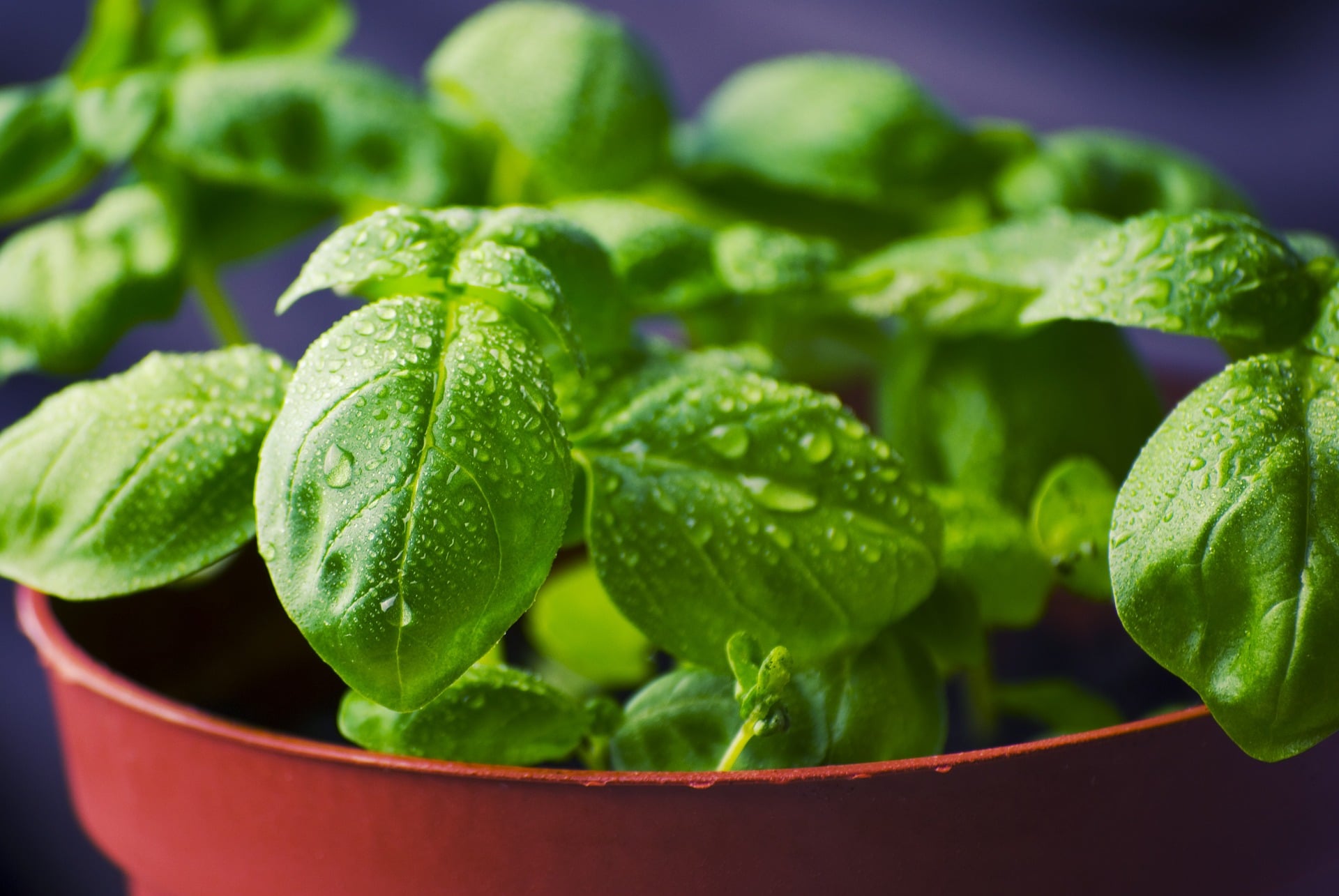
Basil
Start off in a propagator on a sunny windowsill.
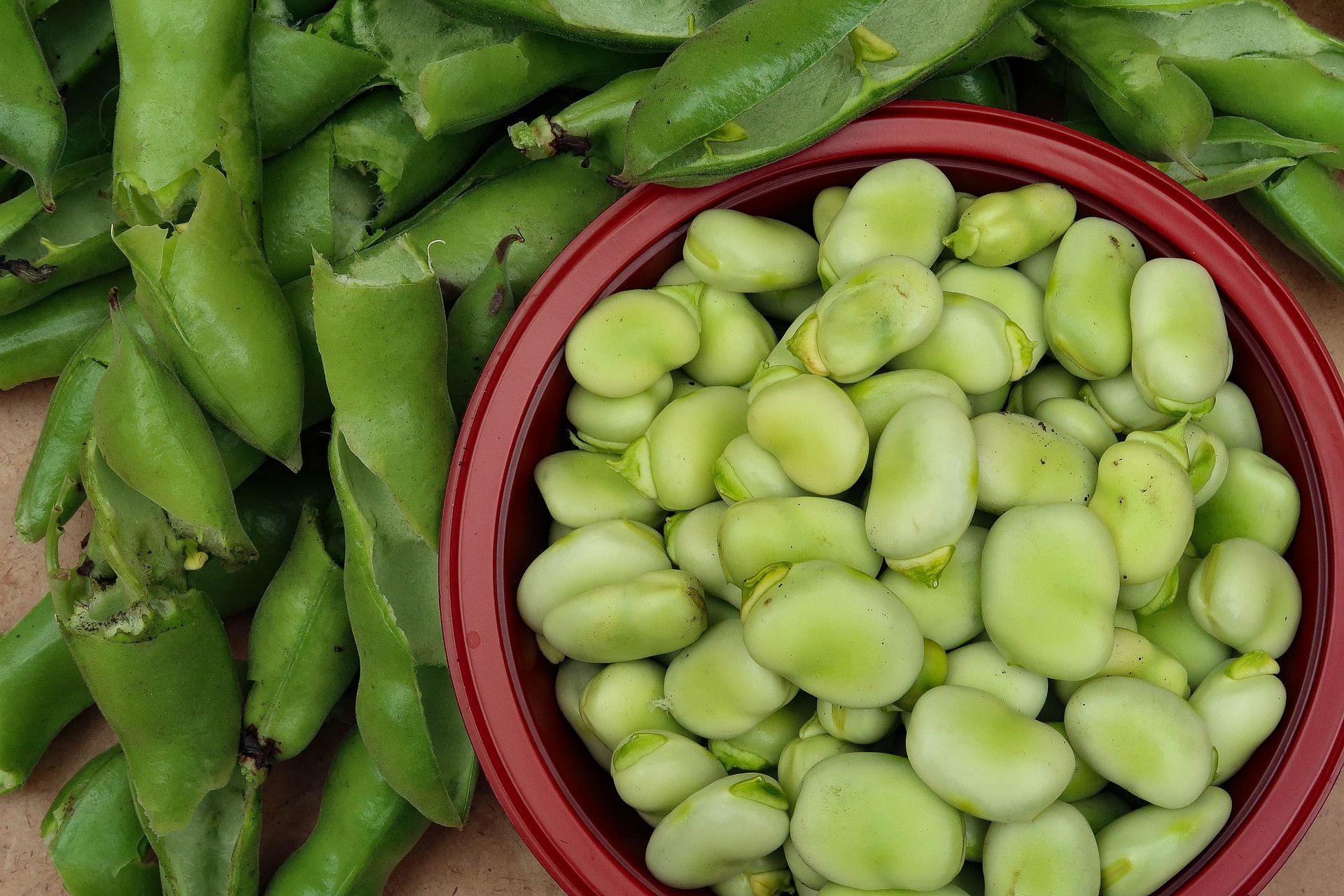
Broad Beans
You can sow broad beans directly outside if the weather is mild, or if soil has been warmed with cloches.
Flowers to plant –
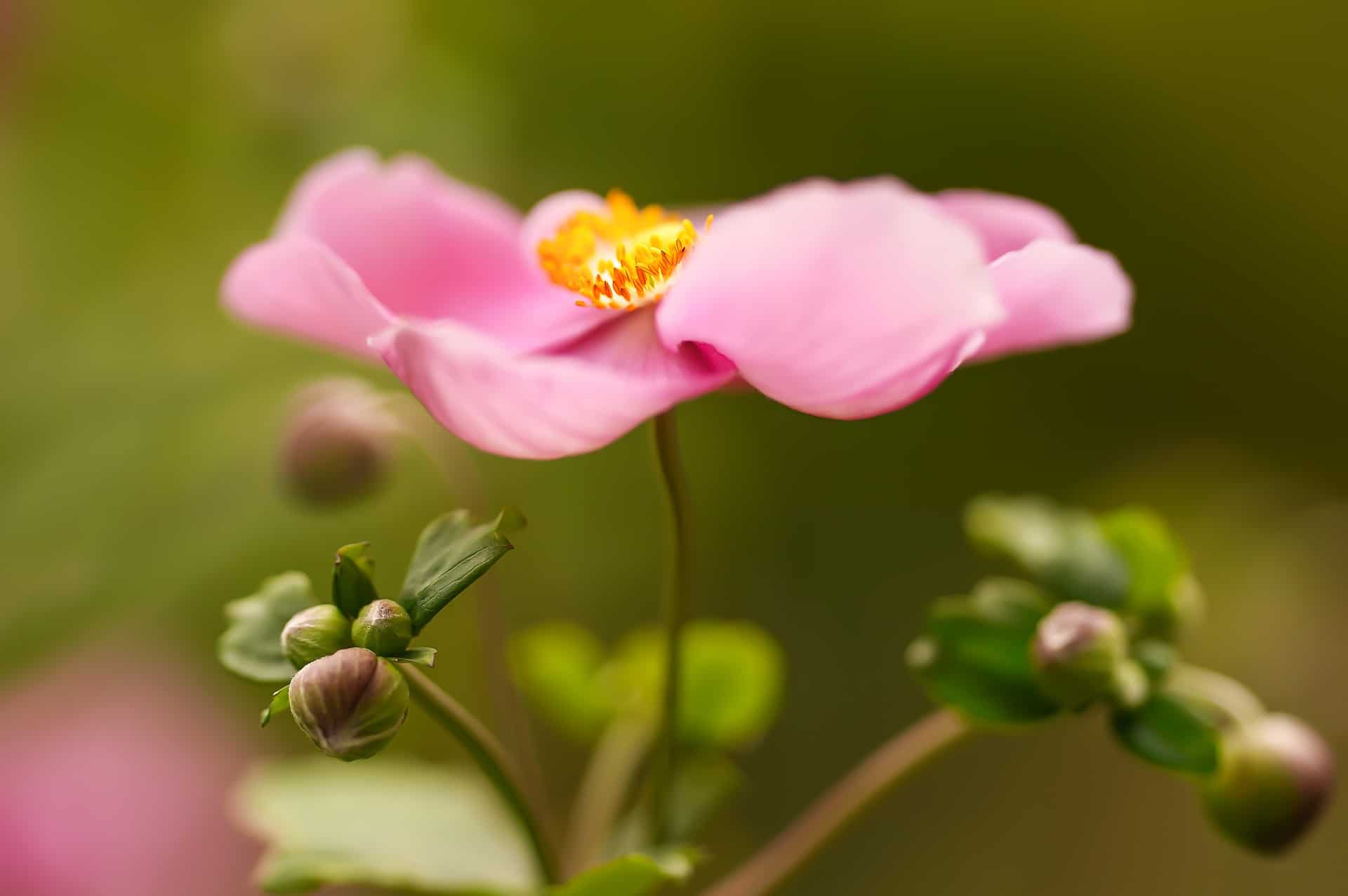
Anemones
Start them off inside on a sunny windowsill.
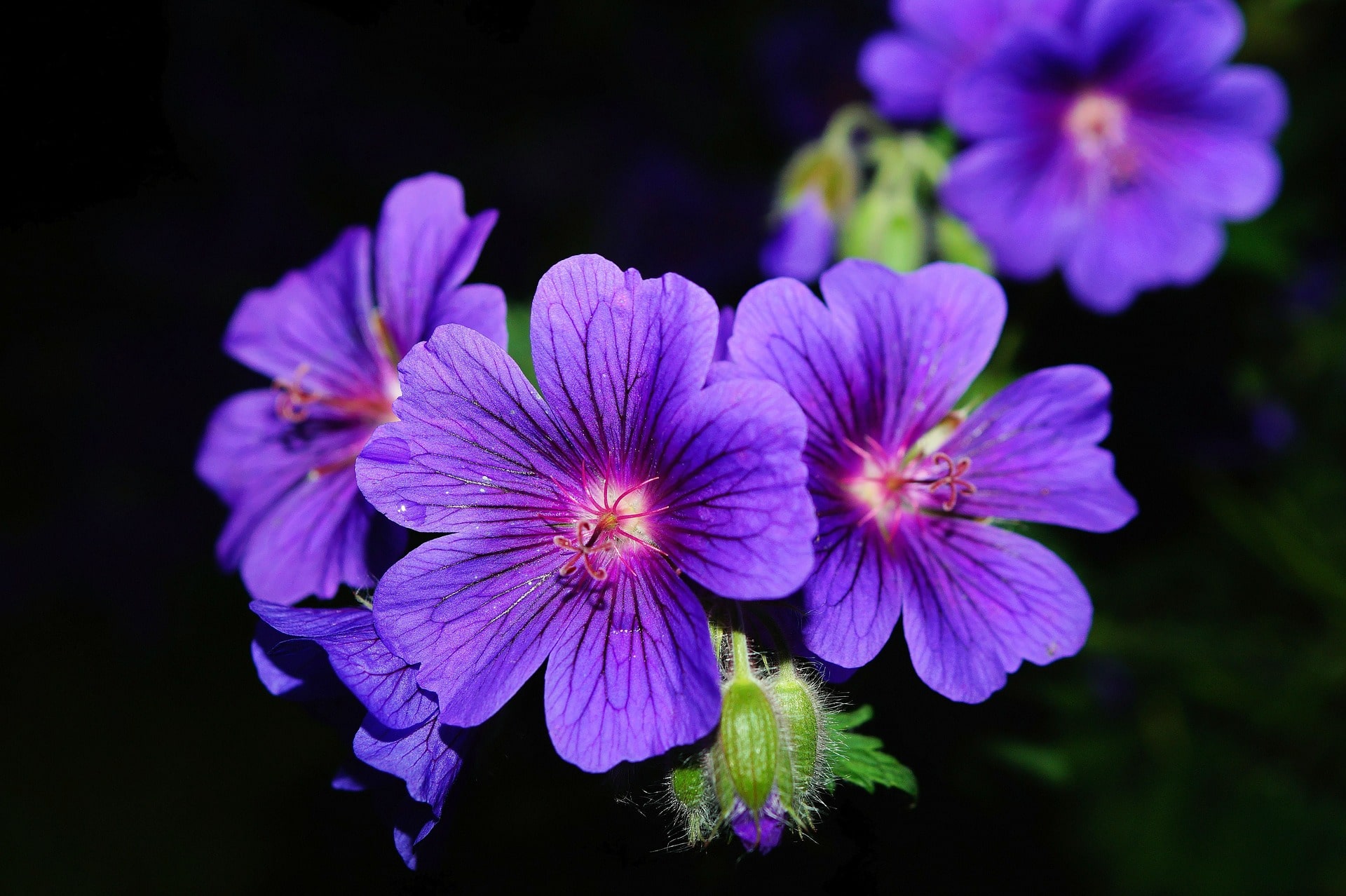
Hardy Geraniums
Fantastic flowers that provide food for pollinators.
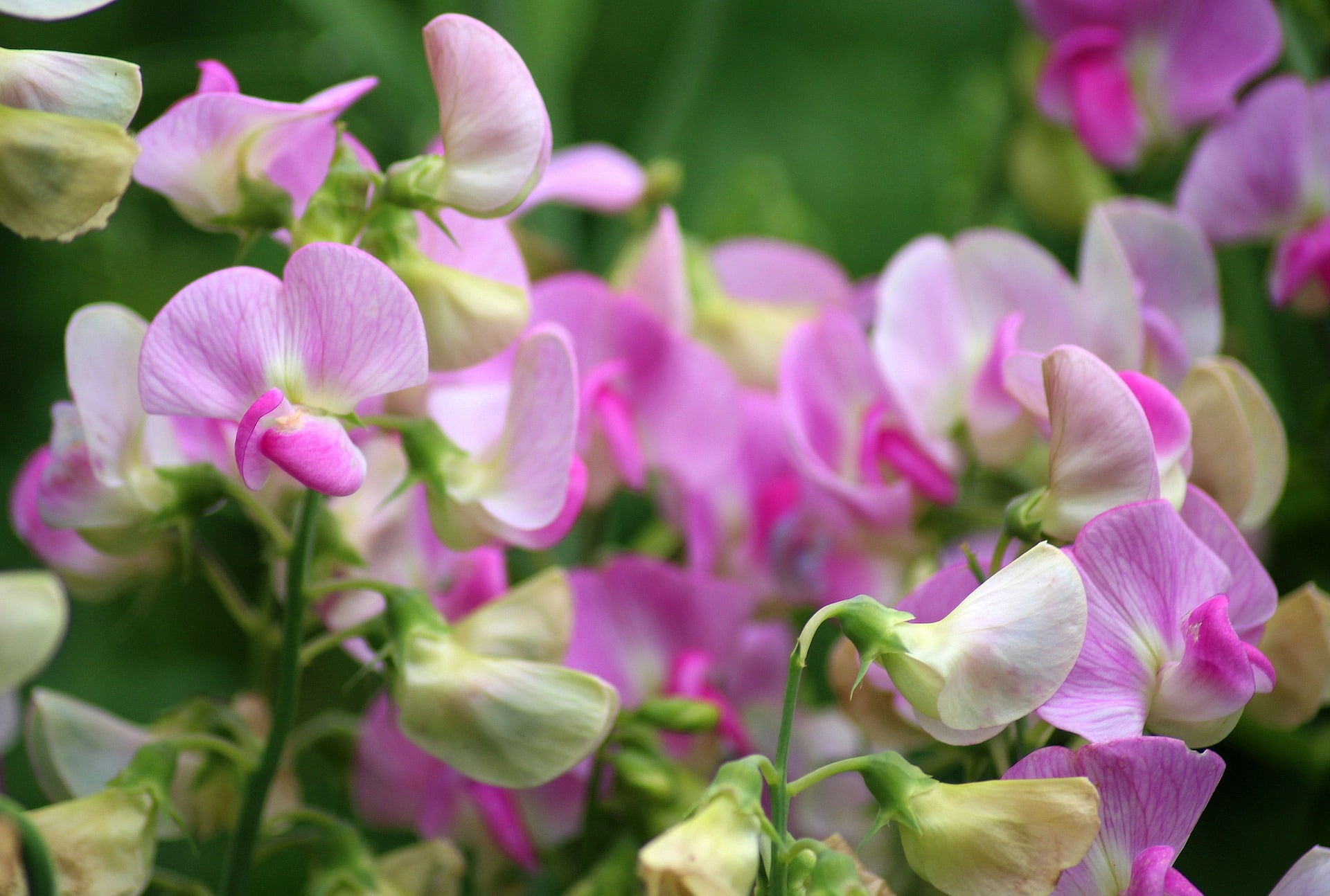
Sweet Peas
Sow in a propagator and keep on a sunny windowsill to germinate.
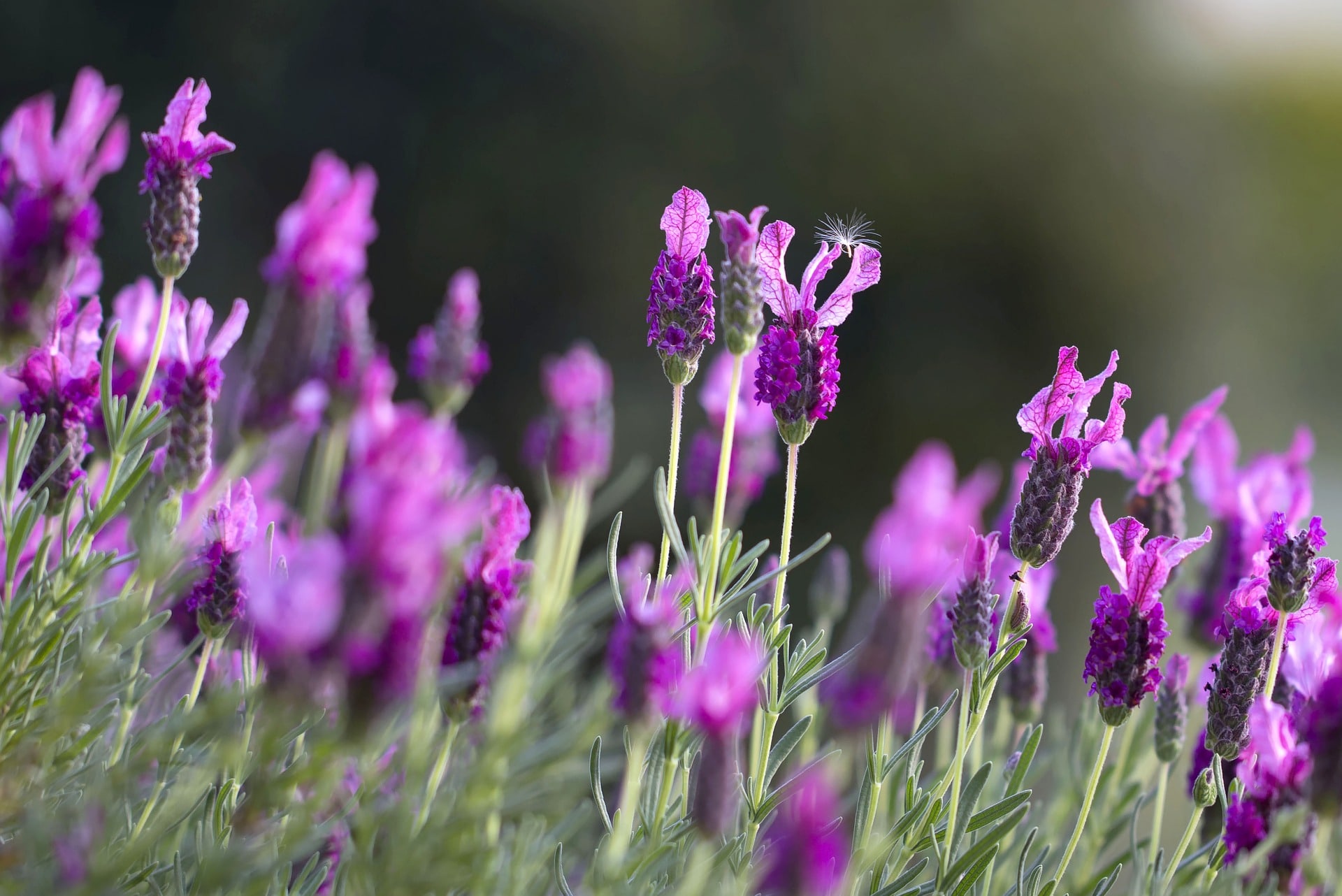
Lavender
Sow in a propagator to start off.
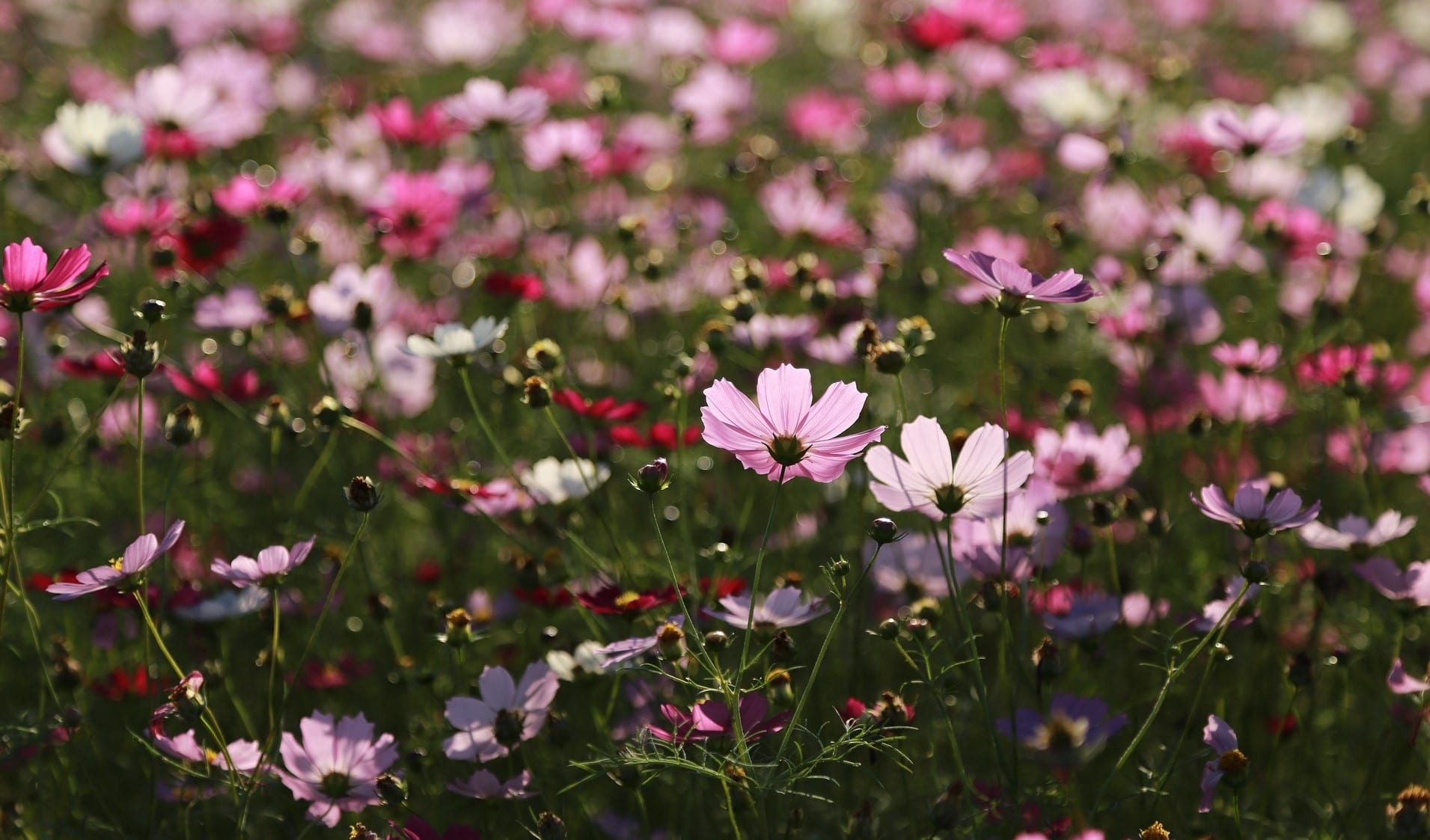
Cosmos
Sow indoors to start off on a sunny windowsill.
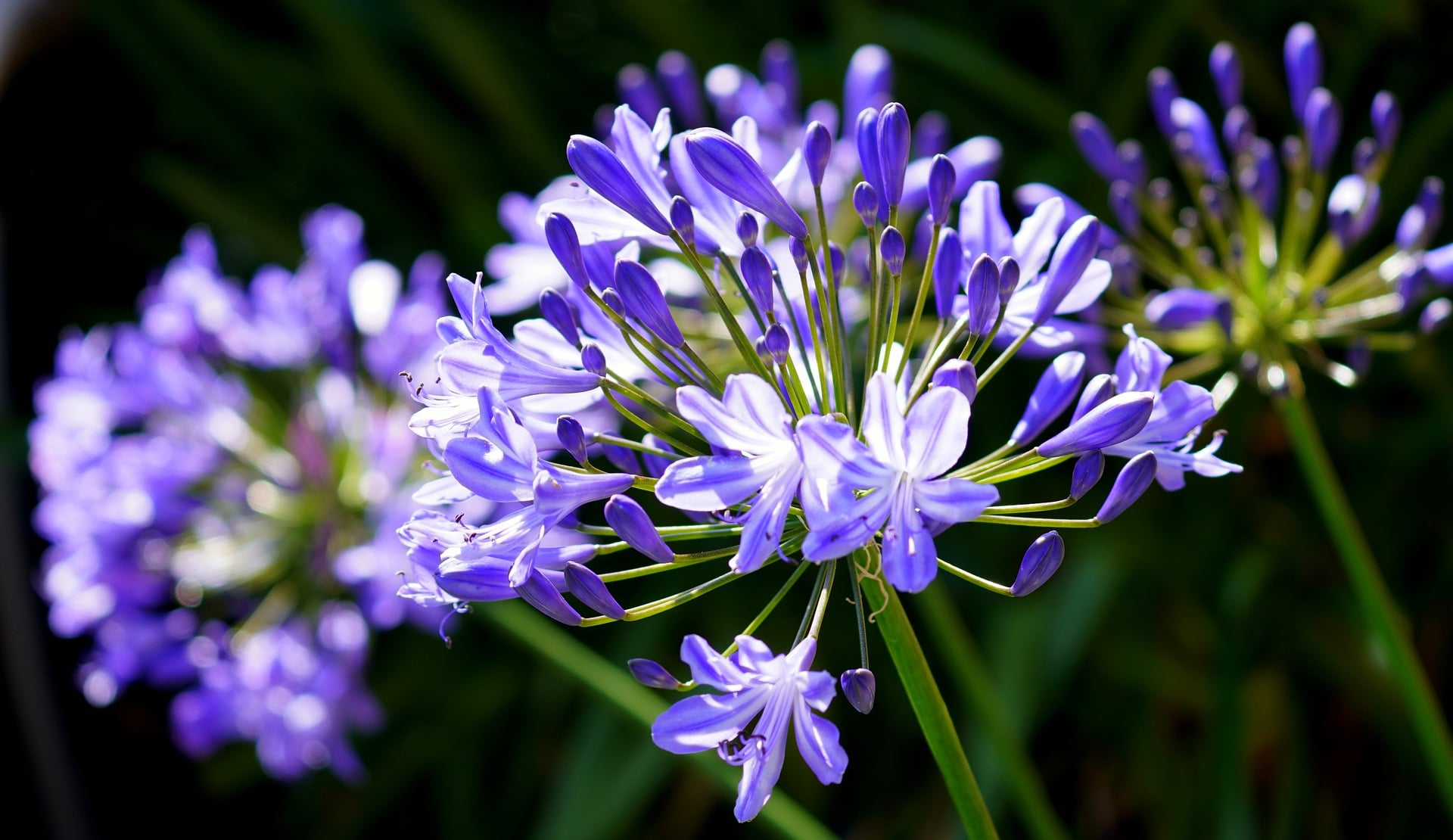
Agapanthus
Sow and start off inside under cover.


